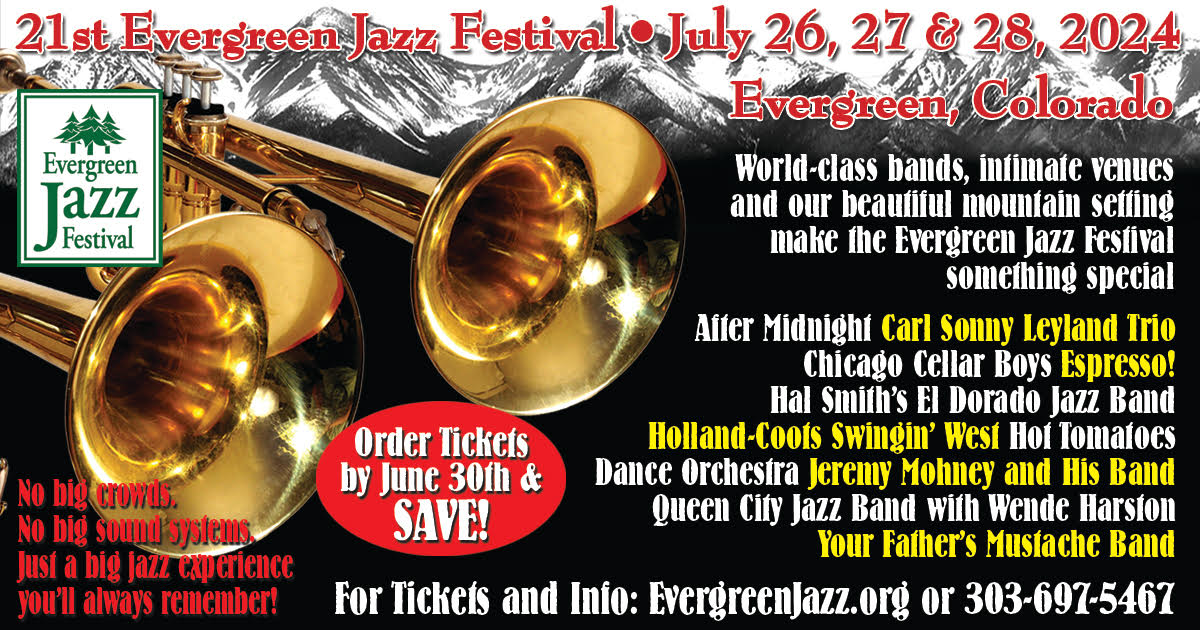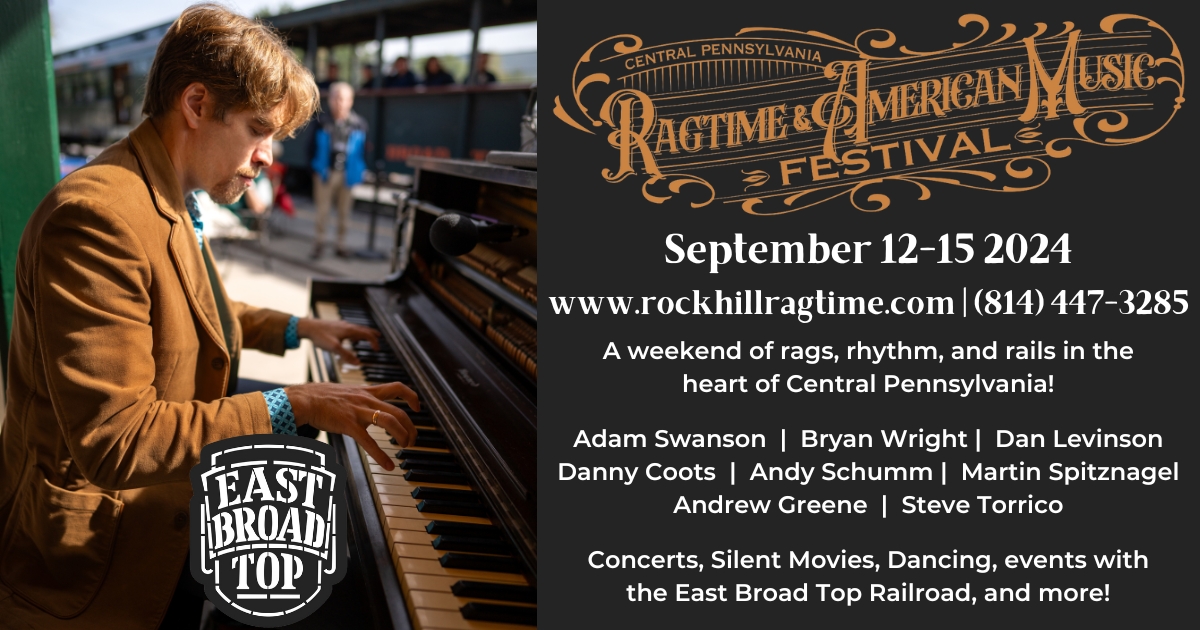The Age of Sound
I recently discovered that the Library of Congress’s National Recording Registry has made the final selections for it’s now completed “500 most significant sound recordings” list. I’ve been reflecting on both the project and the selections included.
For over 140 years Americans have lived in an age of recorded sound. The technology, from my limited knowledge of the field, has ranged from Edison’s first phonograph recordings patented in 1877, through cylinder and disc recording to modern MP3 and MIDI devices. The recording industry in all its many facets is a prominent force in both our economy and in social media.
About the Registry
The National Recording Registry was established pursuant to the National Recording Preservation Act of 2000. In 2002 the National Recording Preservation Board began the mission of establishing guidelines for preserving our recorded sound heritage and they inaugurated a program to select the 500 most nationally significant recordings produced to date. At the rate of 25 to 50 selections a year, the Registry was completed in 2017.
As I read the mission of the Board, I am impressed by the daunting scope of their urgent task to gather and preserve sound recordings in general. The amount of material already permanently lost is discouragingly depressing.
But my focus now is on the Registry. Little controversy has followed the Librarian of Congress’s selection process, as the prestigious groups asked to provide Board members and the qualifications of the members themselves give great credibility to the procedure and the choices. It is, in the end, basically a republican process. Thus, as the Board maintains our confidence and respect for their decisions, the Registry will indeed reflect the sound recordings we collectively find most significant.
I must add, however, that I wonder if this process shouldn’t be revisited every few generations or at least once a century to properly reflect a consensus of contemporary opinion. Like the nation itself, the Registry should evolve. However, if recordings are replaced in a future listing, the originals should still be maintained on a secondary directory as having been included.
The Selections
The now completed selection process grouped the entries around 21 categories of sound recording. The earliest is Phonautograms by Edouard-Léon de Martinville (1853) and the most recent is Fanfare for the Uncommon Woman by Joan Tower (1999). The largest grouping is Pop Post-1955 with seventy-one entries and the smallest is Disco with only four.
Recordings of major events, famous speeches, interviews, radio programs and significant technological achievements share the Registry with selections from most of our major musical genre and on nearly every known recording media.
I was most interested in the 42 Jazz entries but found many selections of interest to Syncopated Times’ readers in other groups. For instance, I first looked for Scott Joplin and ragtime. The seven piano rolls Joplin is believed to have cut in 1916 comprised the fourth selection (of 500) chosen in 2002. They are listed under the Pop pre-1955 category. Joplin’s Treemonisha, as performed from Gunther Schuller’s 1975 score is listed under Musicals and Soundtracks with “The 86-Years of Eubie Blake” album. “Tiger Rag” is found under jazz and some jazz recordings, including the 1956 “Voice of America Interviews with Jazz Musicians” is found in the Radio Category.
The Next Step
Short written descriptions introduced each selection as the project progressed. Now that the complete Registry of 500 has been achieved, The Library of Congress is commissioning brief thousand-word descriptive essays to accompany each selection. Cary O’Dell, Boards Assistant to the National Recording Preservation Board,_ is working with the project and has researched and has already written many of the essays.
The Packard Campus of the Library of Congress in Culpepper, Maryland houses the archive of the Library’s sound recordings, including the Registry. It also has conservation laboratories and state of the art storage facilities. A 200-seat theater is available for playing and projecting the audio-visual collection and individual play-back rooms are available for researchers since the collection is only available on site.
Beyond the Library
While The Library of Congress mission is to preserve and store the massive amount of recorded material in the collection, I am reminded that most of our recorded heritage is to be found in other institutional collections and in private accumulations. Considering the great volume of material still intact, the next most important task is to create a digital sound recording database much like the ragtime sheet music project Michael Chisolm and others are undertaking. Right now there are so many collections, cataloged or not, that need to be integrated into a signal register. It is an intimidating idea but if institutions and individual collectors would just agree to use the same software database format, it will be a beginning and progress will be made.
If you are interested the National Recording Registry the index can be found here.



























